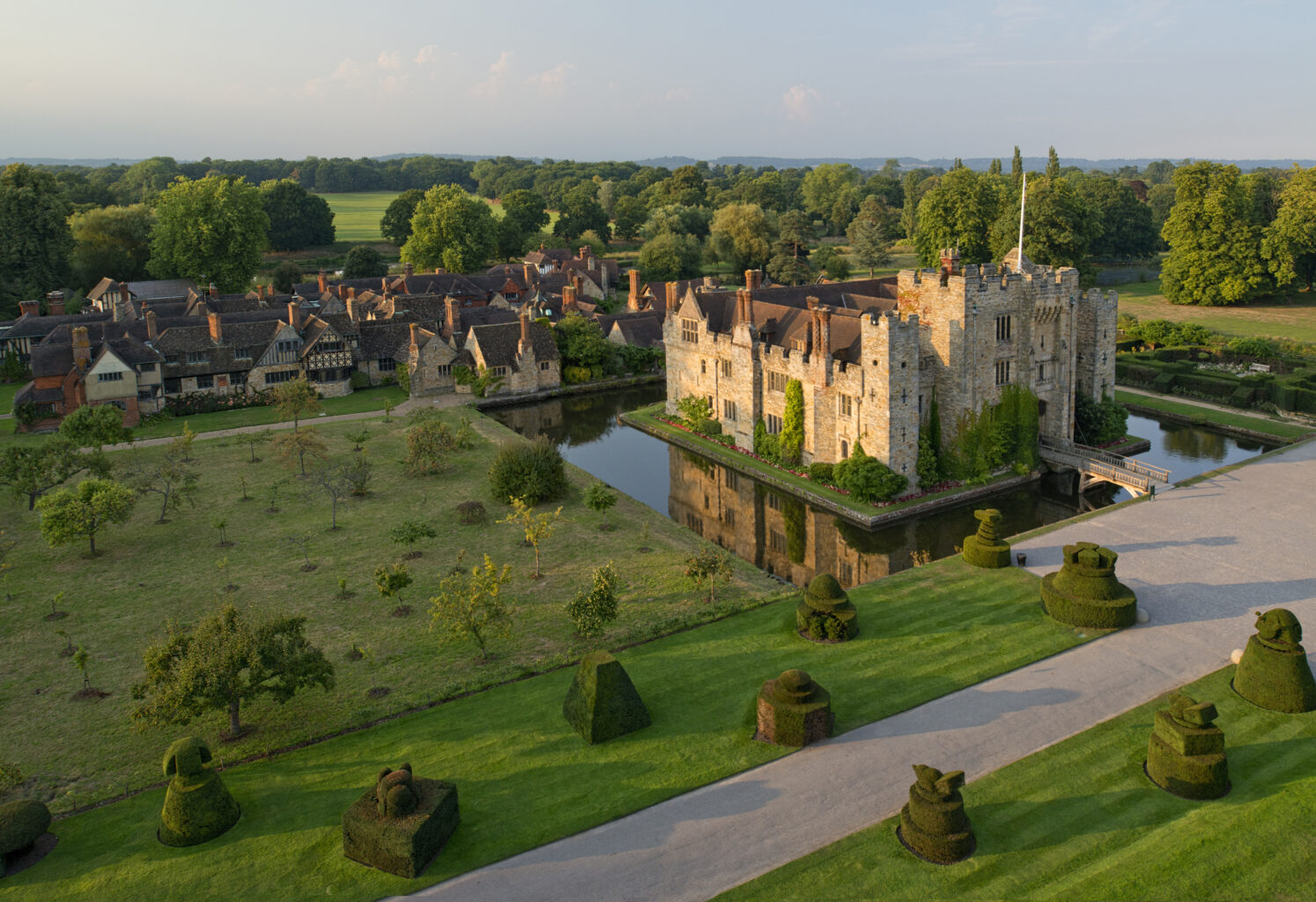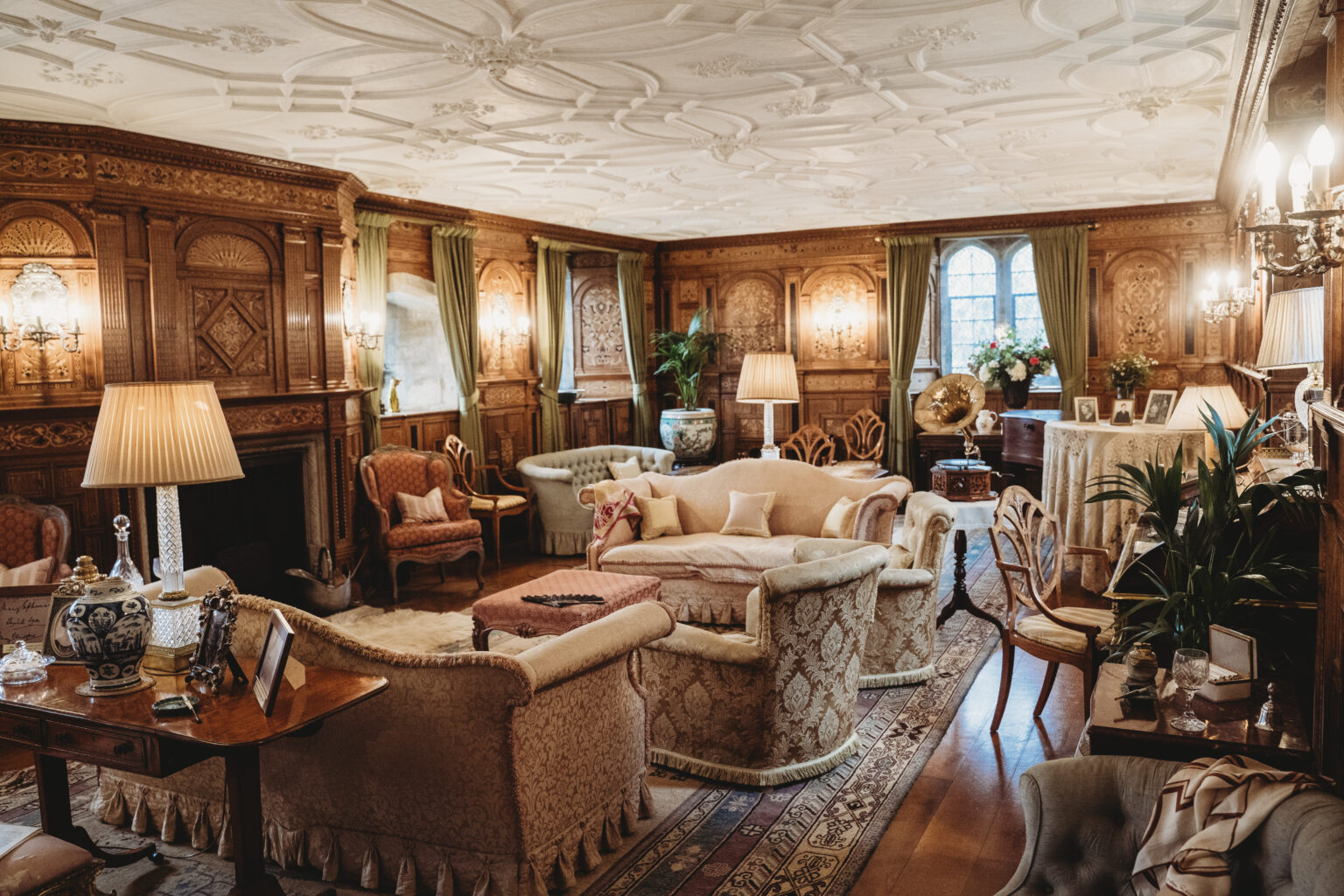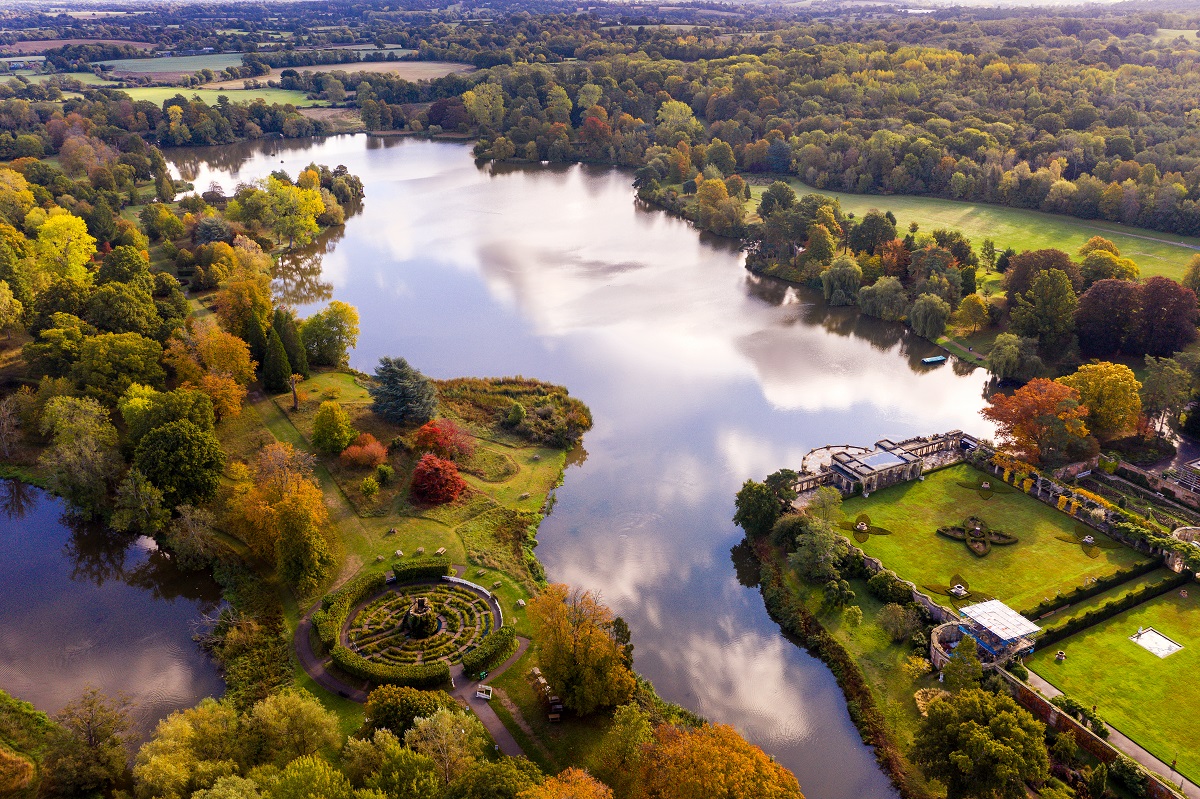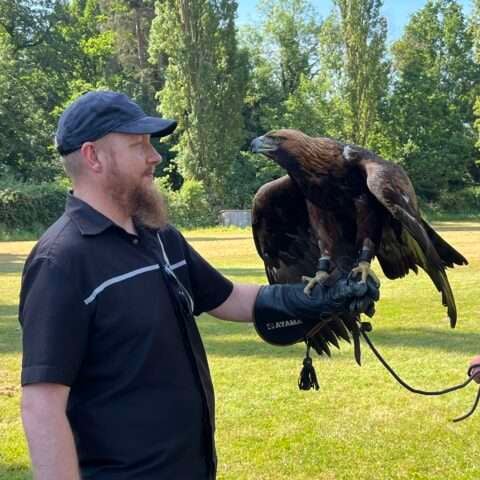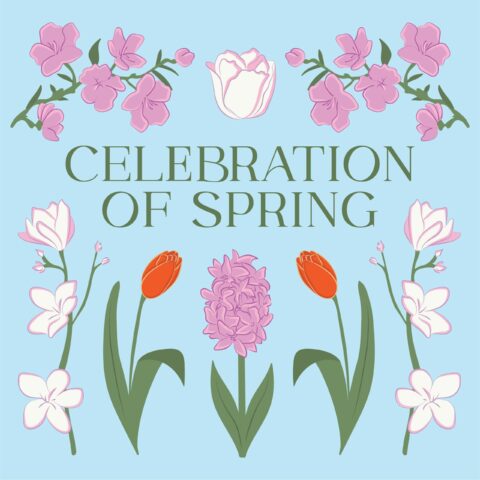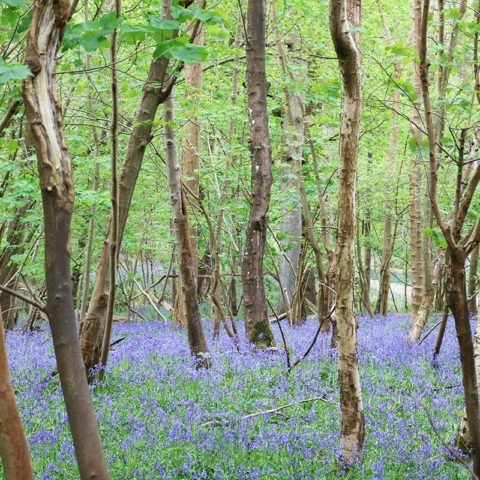Situated in the heart of the Kent countryside, Hever Castle & Gardens is a Grade 1 listed building and garden, once the childhood home of Anne Boleyn.
At Hever Castle & Gardens we strive to ensure that all visitors have an enjoyable experience. Visitors with disabilities will be charged at the appropriate individual rate for ‘Castle & Gardens’ or ‘Gardens Only’. Their carer will be admitted free of charge.
If you are unsure that access to the Castle building is suitable for you, we recommend that you purchase a ‘Gardens Only’ ticket and have a look at the Castle gatehouse to make your own assessment.
For your own safety, we advise wheelchair and mobility scooters keep to the hard surfaced and shingle paths.
Castle Access
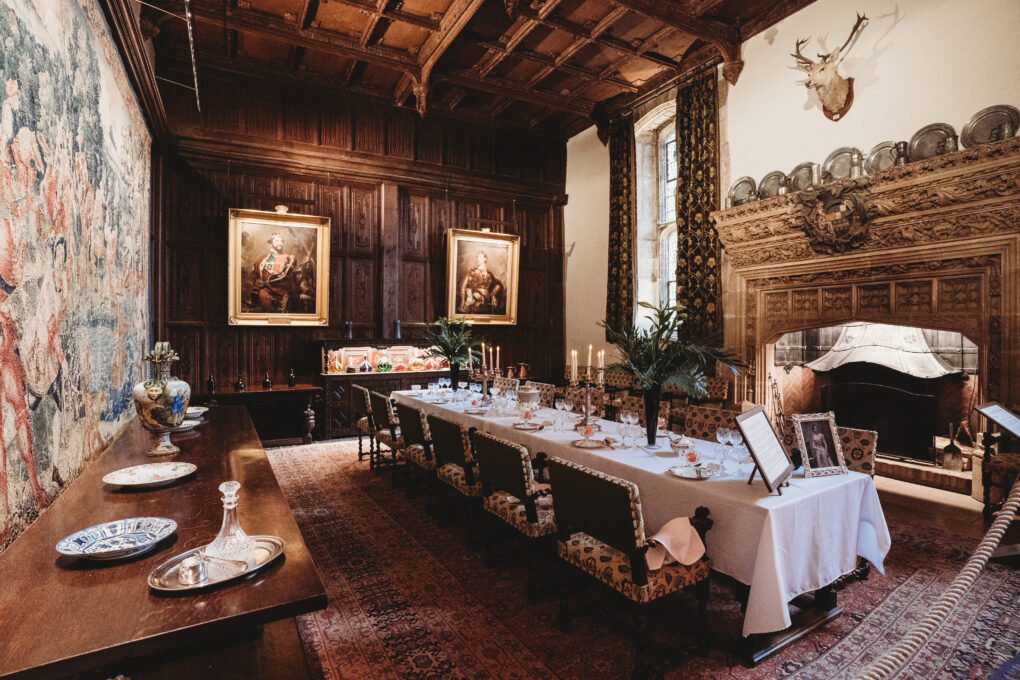
- Visitors should consider access to the Castle according to their individual needs.
- We regret that it is not possible for visitors to use motorised wheelchairs or mobility scooters inside the Courtyard or Castle due to the historic nature of the building and its contents.
- Wheelchairs cannot be taken up staircases inside the Castle for health and safety reasons.
- Pushchairs cannot be taken into the Castle and must be left in the Courtyard for health and safety reasons.
- From the drawbridge there is one step down to the Gatehouse followed by three steps down to the Courtyard. We regret that it is not possible to install a ramp for these steps for health and safety reasons. From the Courtyard there is one step up and down into the Castle’s Entrance Hall. View of Castle Gatehouse as seen from the Courtyard.
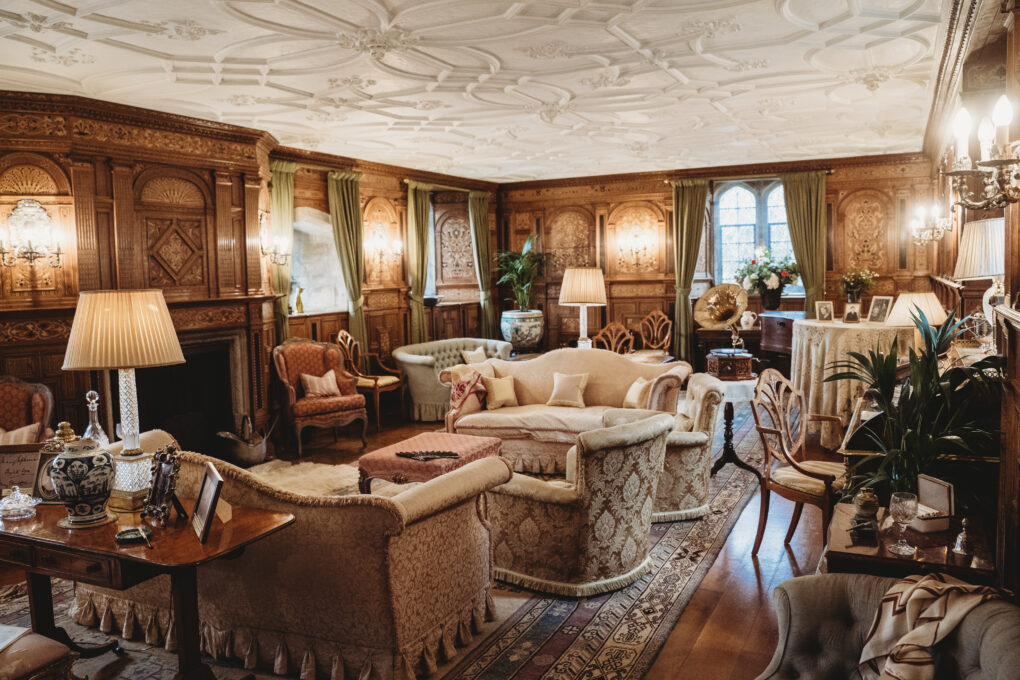
- There are three floors to view in the Castle. The ground floor is arranged on one level, and is the only floor suitable for wheelchair use. There are six rooms to view before reaching thirteen spiral steps up to the middle floor. It should be noted that the spiral steps to the middle floor are the only means of reaching the upper floors.
- The middle floor is arranged on various levels, with steps up and down into most of the rooms. There are sixteen steps up to the top floor. The top floor is also arranged on various levels. There are twenty six spiral steps down from the top floor to exit into the Courtyard.
- All staircases in the Castle have a banister rail.
- Inside the Castle the floor surface is wood in most rooms, with some areas being carpeted or covered in carpet matting.
- Lighting inside the Castle is generally bright with LED spotlights, wall sconces, or chandeliers. However, some areas are more dimly lit to aid the preservation of the exhibits.
- Interactive Audio guides are available in (English, French, German, Dutch, Chinese and Russian. Children’s audio guide in English only). Hearing loops are available to use with audio guides if required. Please ask for further information on arrival to the Castle.
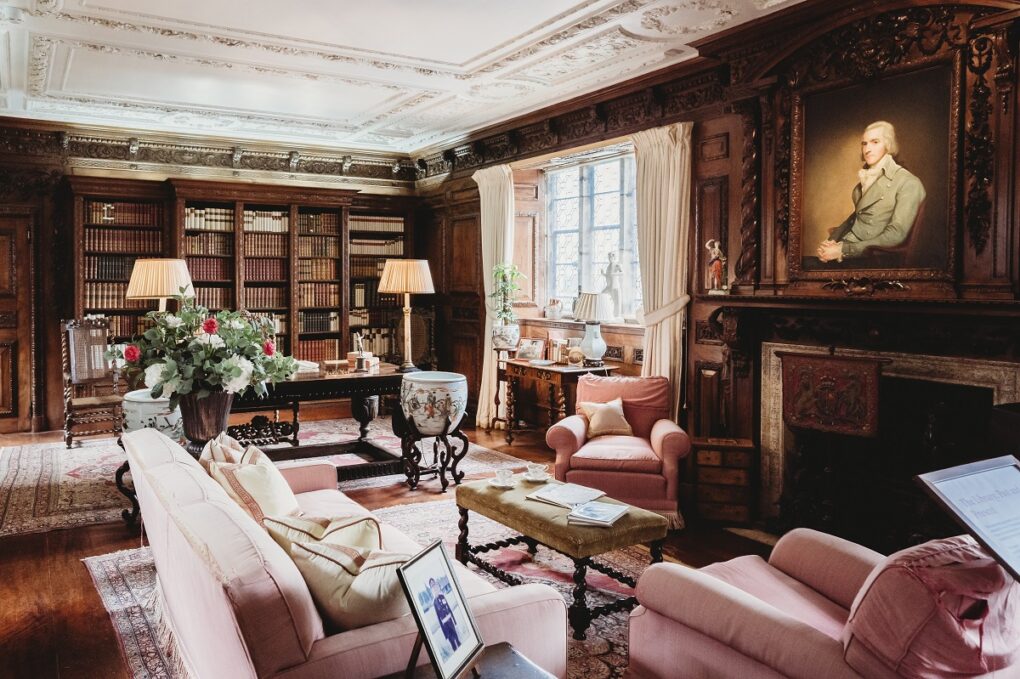
- Visitor Experience Assistants are available if you require further information or assistance.
- A limited number of magnifying glasses and a brief history of the Castle in Braille are available on loan at the Castle Entrance upon request.
- Freestanding information panels in the Castle are all in large text, and are 1000mm/40ins high and printed on Perspex.
- Some rooms have background sounds and music playing representing the period in history.
- Individual seats and window seats are located in some rooms. Please note that some rooms do not have seating available.
- Visitors who do not wish to go upstairs are welcome to wait for their family and friends at the Castle Entrance. Whilst waiting at the entrance, visitors are able to finish the audio guide in full or read a guidebook.

